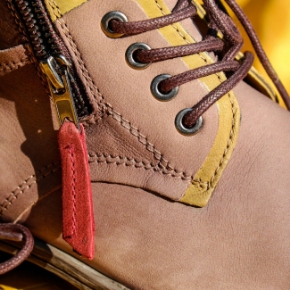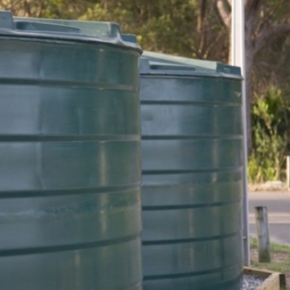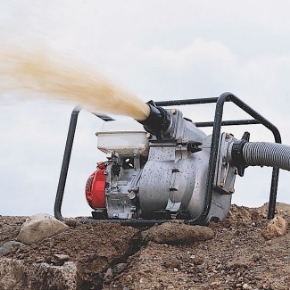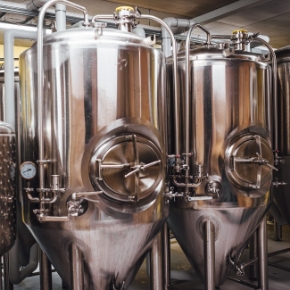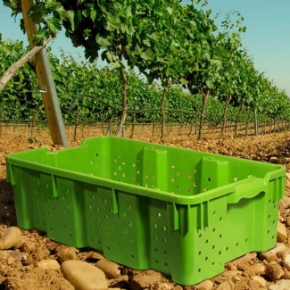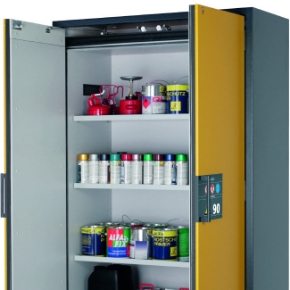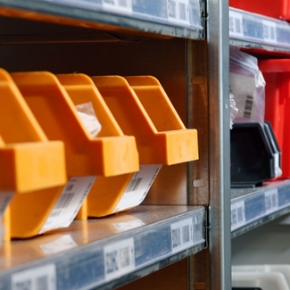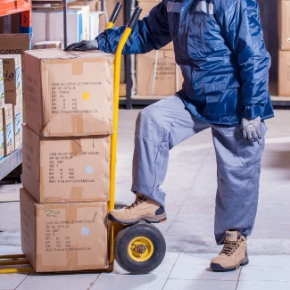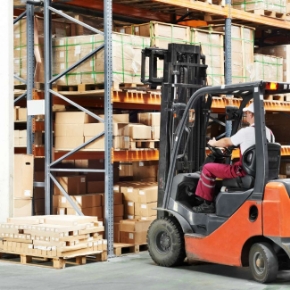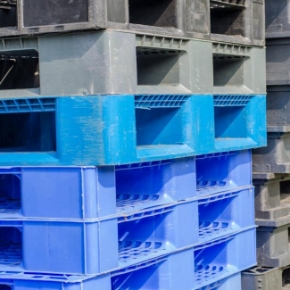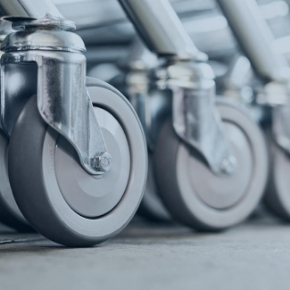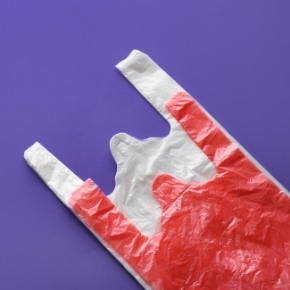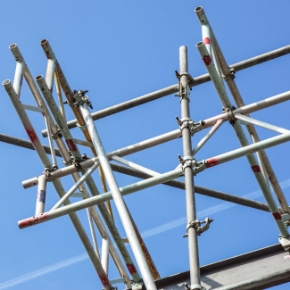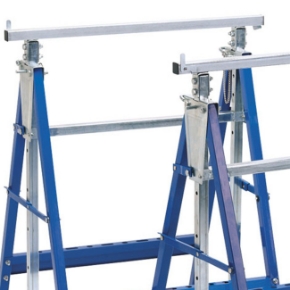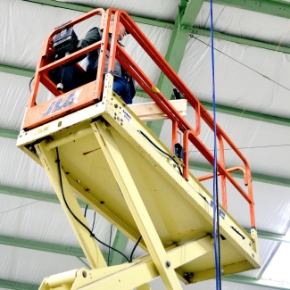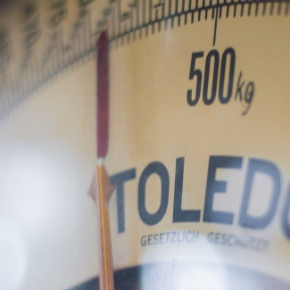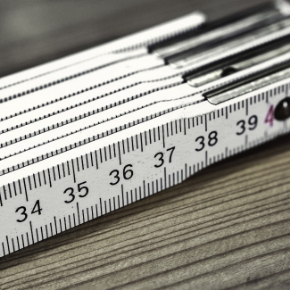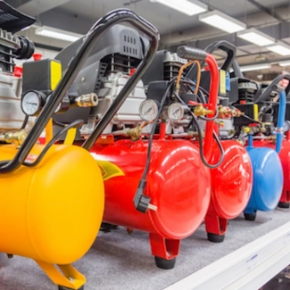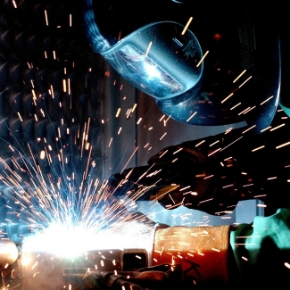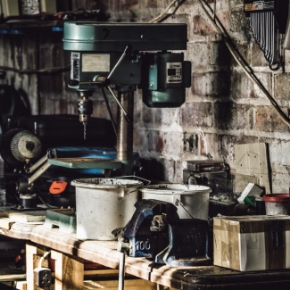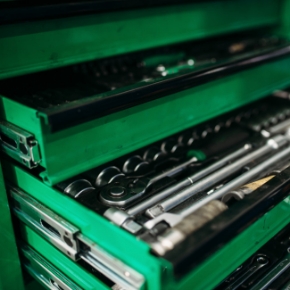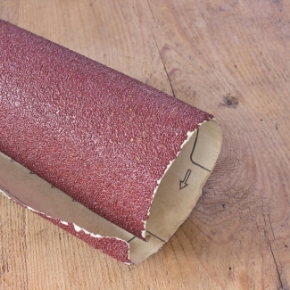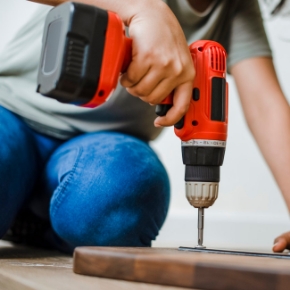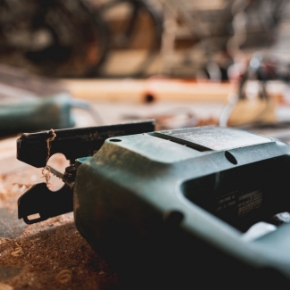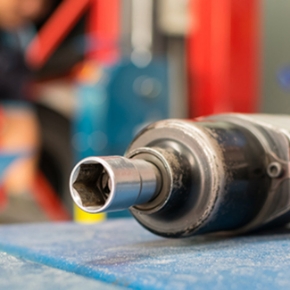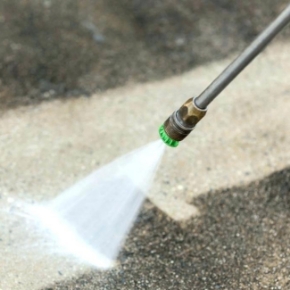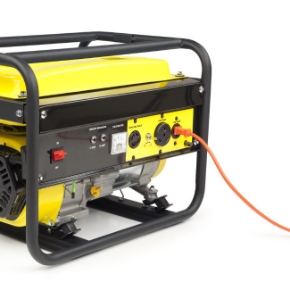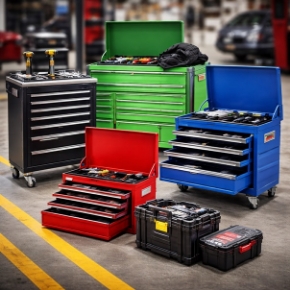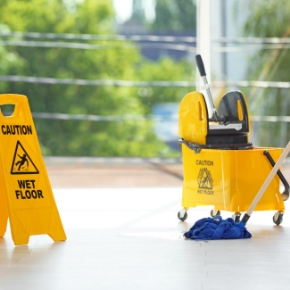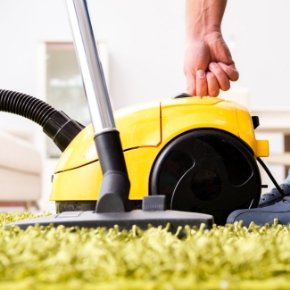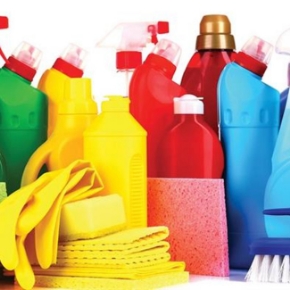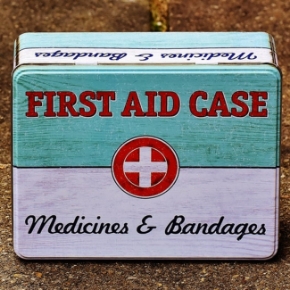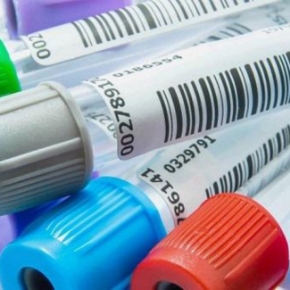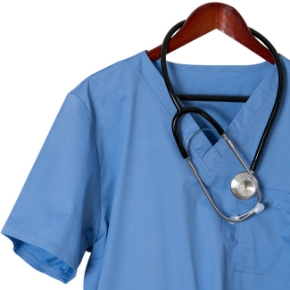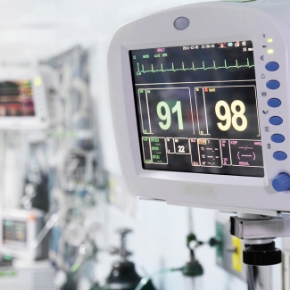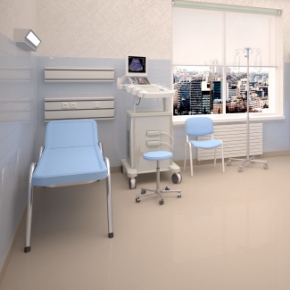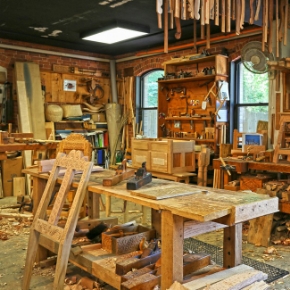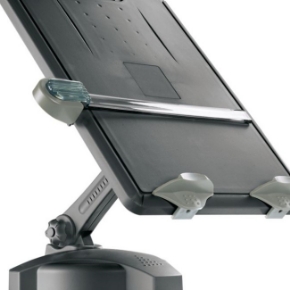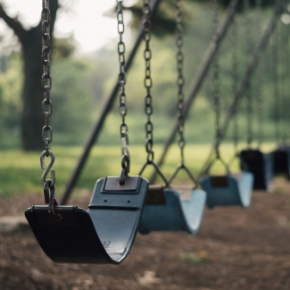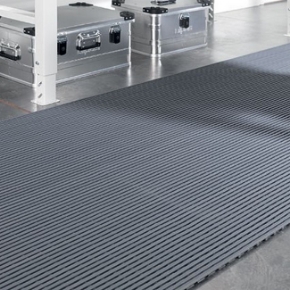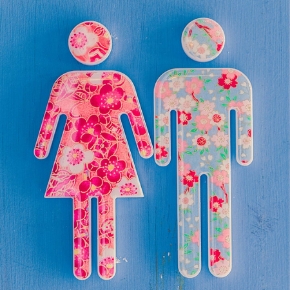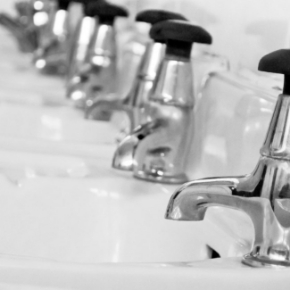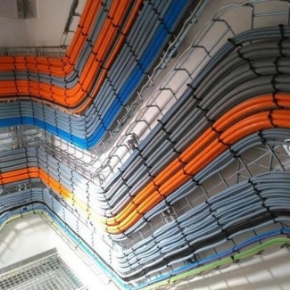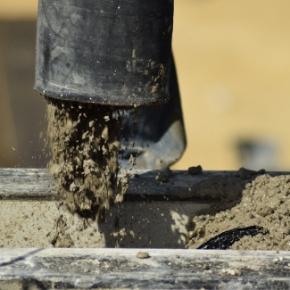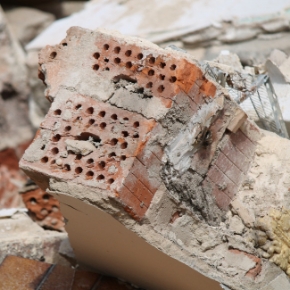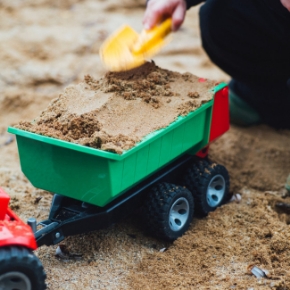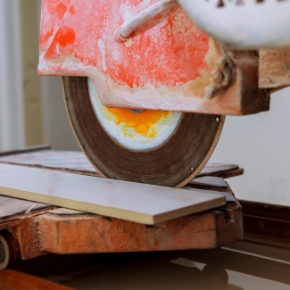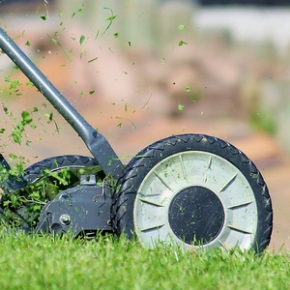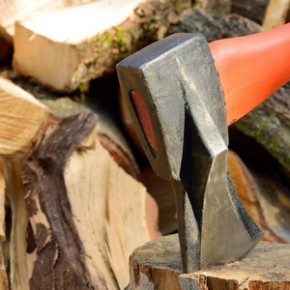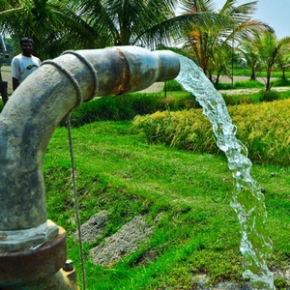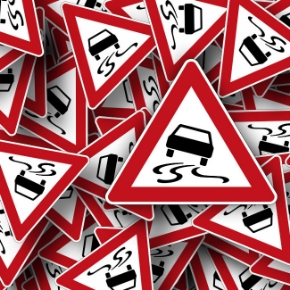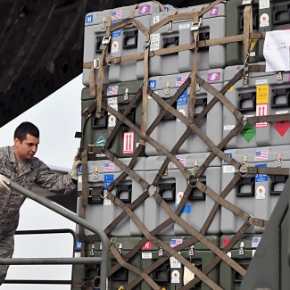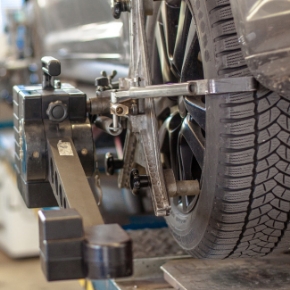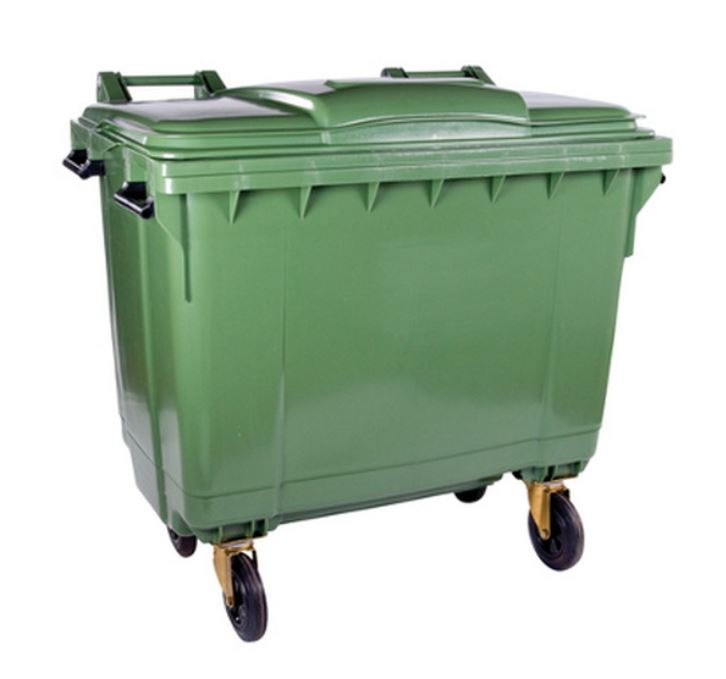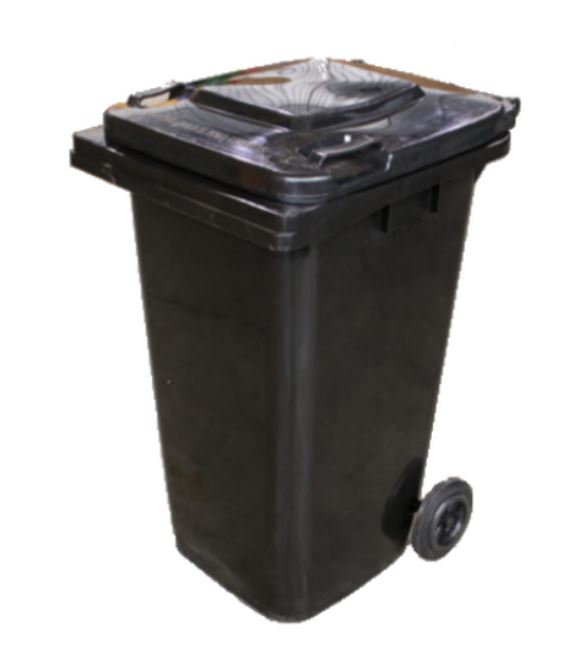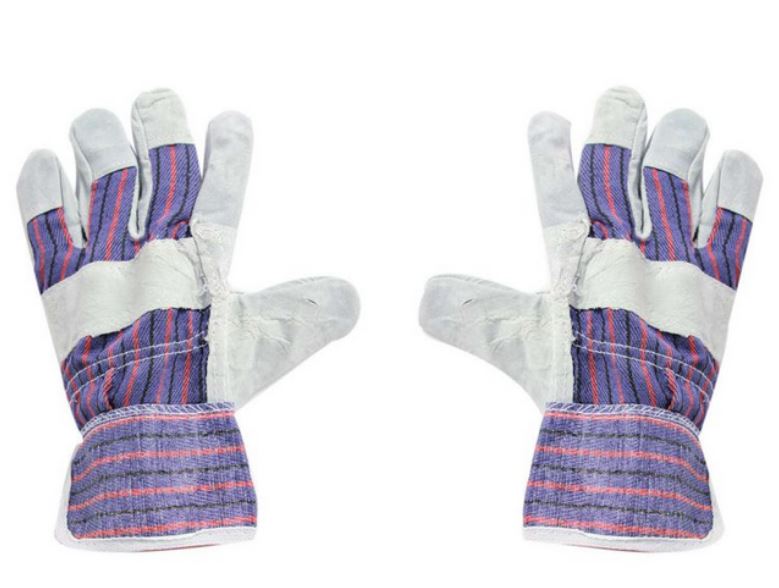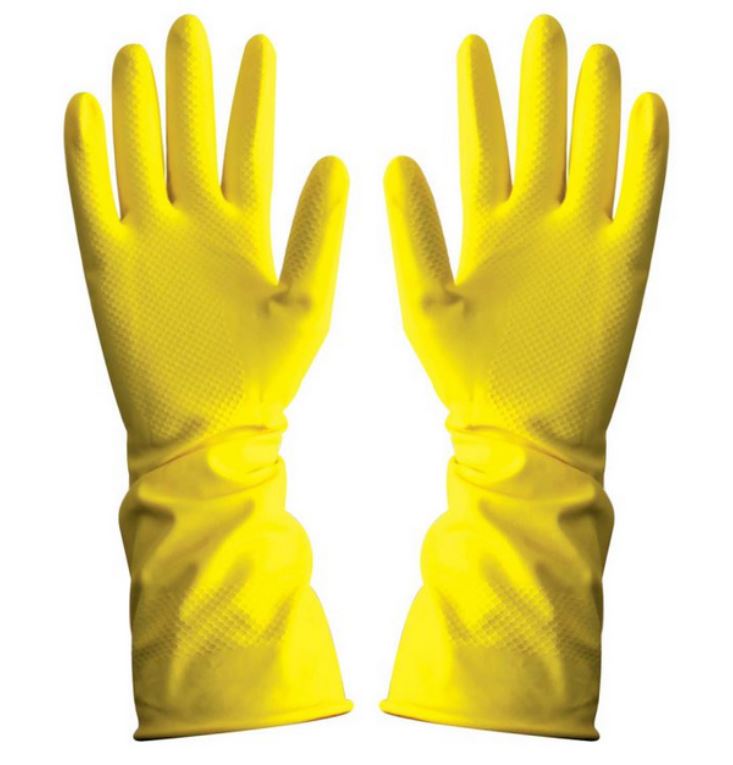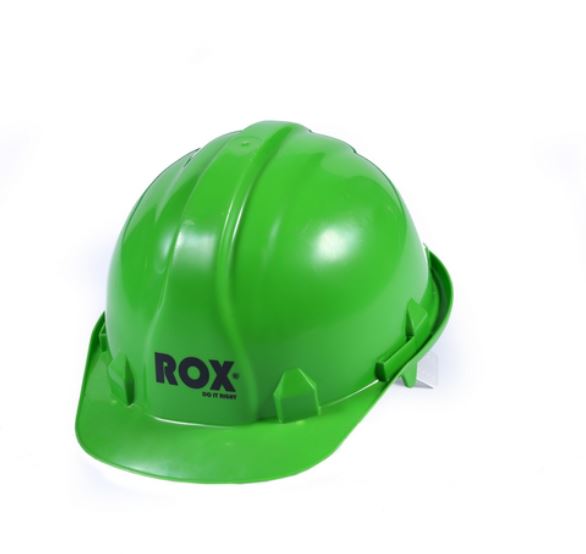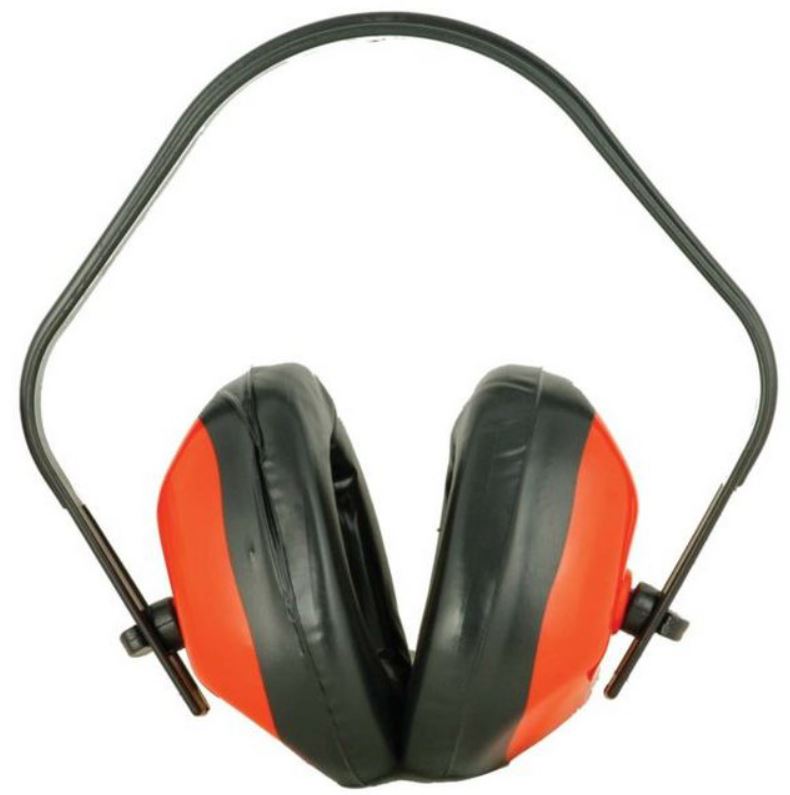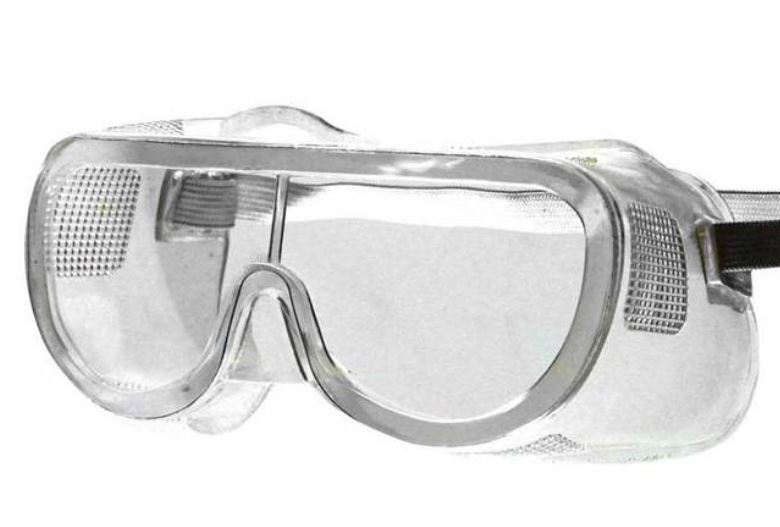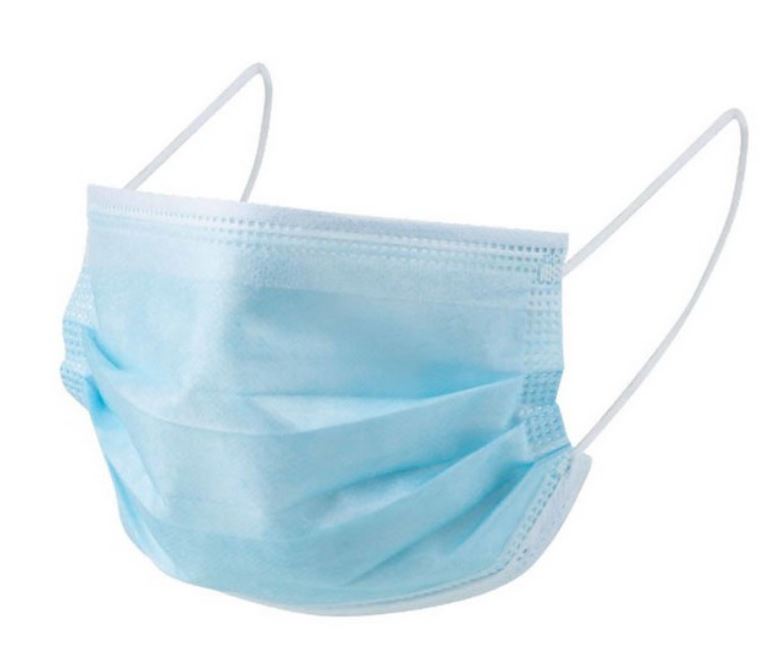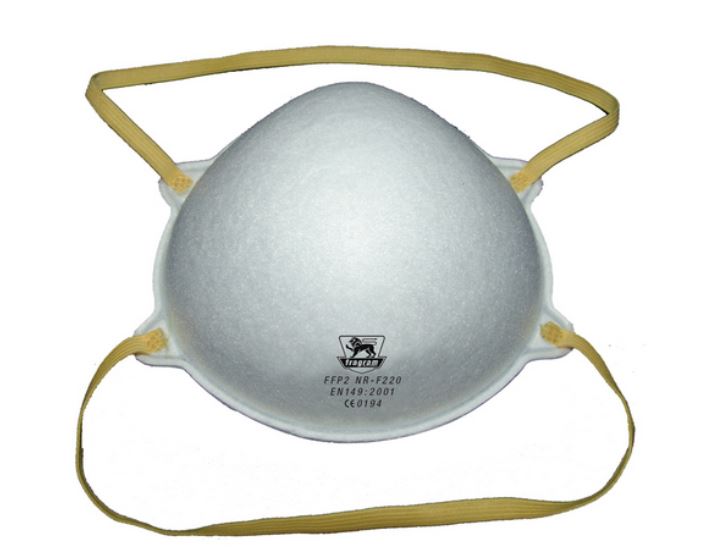In the hustle and bustle of modern life, amidst towering skyscrapers and bustling city streets, there exists an unassuming yet indispensable component that often goes unnoticed—the bin. Bins, those seemingly mundane containers strategically placed in public spaces, homes, and workplaces, play a pivotal role in shaping the fabric of our society. Their importance extends far beyond their utilitarian function; they are the unsung heroes that contribute to cleanliness, environmental sustainability, and public welfare. This essay delves into the multifaceted significance of bins and their role in shaping a healthier, cleaner, and more responsible world.
Static refuse bins
Static refuse bins, essential components of waste management systems, play a pivotal role in maintaining cleanliness and sustainability in urban environments. These bins, often strategically placed in public areas, commercial zones, and residential neighbourhoods, provide a designated space for individuals to dispose of their waste responsibly. Engineered for durability and longevity, these bins are constructed from robust materials that withstand the rigors of weather and daily use. Their static nature ensures a consistent presence, allowing residents and visitors to conveniently deposit their waste, fostering a sense of civic duty. See our static refuse bins
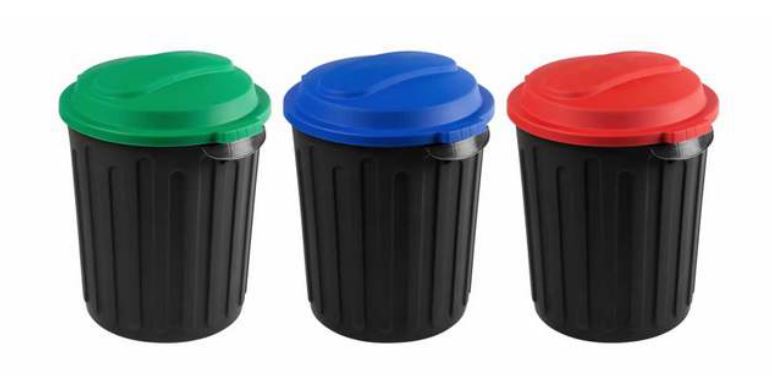
Wheelie Bins
Wheelie bins, an integral facet of modern waste disposal systems, exemplify convenience and efficiency in handling domestic and commercial refuse. These specially designed bins, equipped with sturdy wheels and ergonomic handles, revolutionize waste collection by allowing easy transportation from households to curbsides for pickup. Their user-friendly design minimizes the physical strain on individuals during waste disposal routines, ensuring a more inclusive and accessible waste management process. Available in varying sizes and colors, wheelie bins cater to diverse waste streams, encouraging proper waste separation and recycling. The distinctive hues aid in waste categorization, guiding users to differentiate between general waste, recyclables, and organic materials. Wheelie bins also play a pivotal role in the optimization of waste collection services. The uniformity of design allows for mechanized handling and automated lifting, their mobility ensures they can be placed strategically to facilitate waste disposal for residents and businesses alike. See our wheelie bins
Restroom Bins
Restroom bins, unobtrusive yet indispensable, serve as discreet solutions for maintaining hygiene and cleanliness in public and private facilities. These specialized bins are thoughtfully placed in restrooms to offer a convenient and sanitary method for the disposal of waste items such as paper towels, sanitary products, and other personal care items. Engineered with hygiene in mind, they often feature hands-free lids or foot-operated mechanisms, minimizing direct contact and reducing the risk of cross-contamination. These bins play a crucial role in promoting responsible waste disposal habits, discouraging users from flushing items that could potentially clog plumbing systems and cause environmental damage. Moreover, they contribute to a positive restroom environment, reflecting the commitment of establishments to the well-being and comfort of their visitors. See our restroom bins
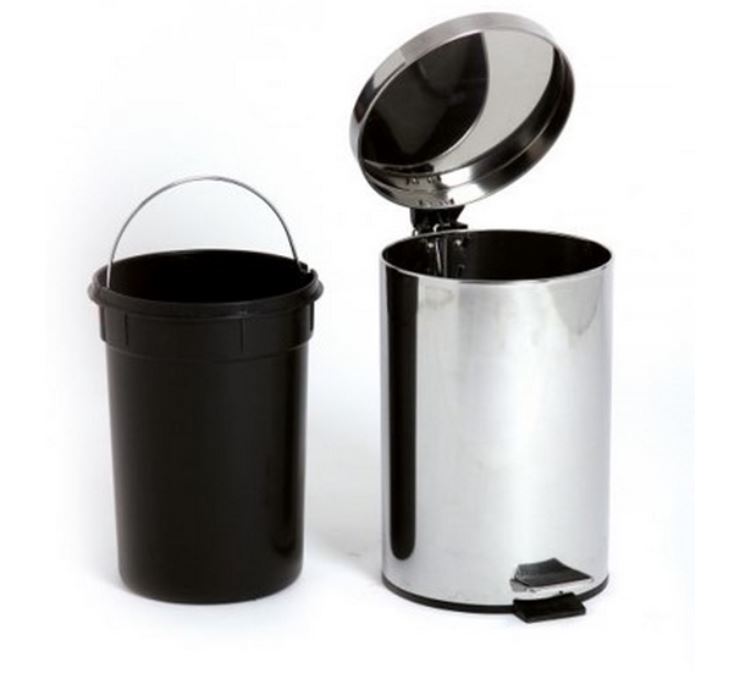
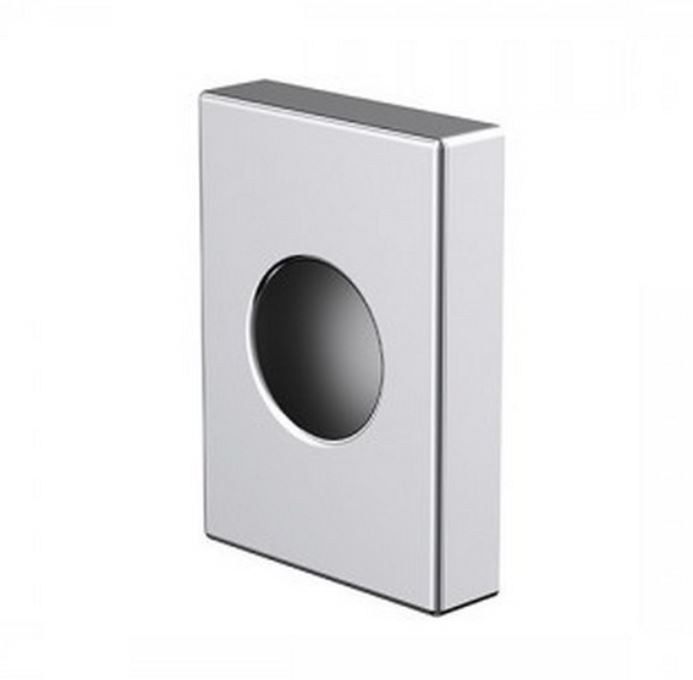
Hazardous Materials and Sharps Bins
Hazardous materials and sharps bins, crucial components of safety protocols, are designed to address the unique challenges posed by the disposal of potentially harmful waste. Hazardous materials bins provide a secure repository for items like chemicals, pharmaceuticals, and other substances that could pose risks to both human health and the environment if improperly discarded. These bins often feature leak-proof construction and clear labeling, ensuring that the contents are safely contained and identified for proper disposal or recycling in accordance with regulatory guidelines. Sharps bins, on the other hand, are specialized containers intended for the collection of medical sharps such as needles, syringes, and lancets. They play a critical role in preventing accidental needlesticks, reducing the transmission of bloodborne diseases, and promoting the safety of healthcare professionals, waste handlers, and the public. Sharps bins are puncture-resistant and often designed with mechanisms to prevent unauthorized access, further enhancing their safety features. See our hazardous materials and sharps bins
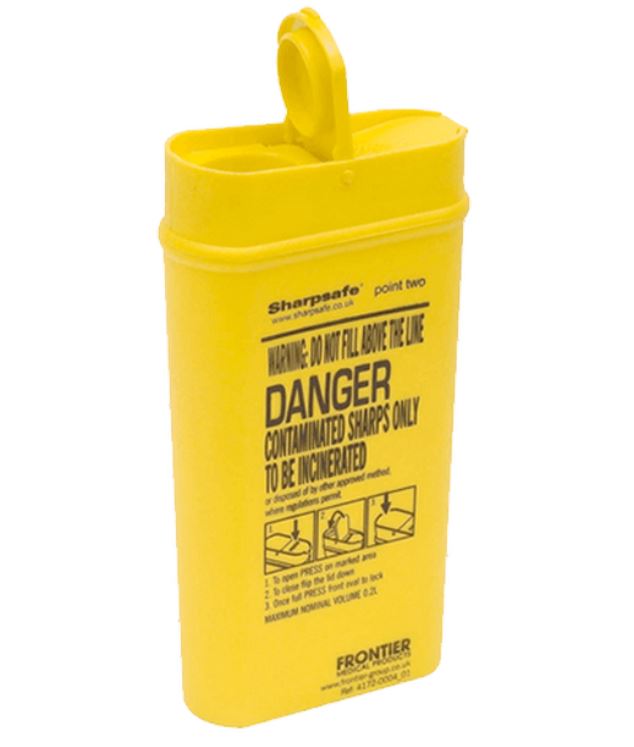
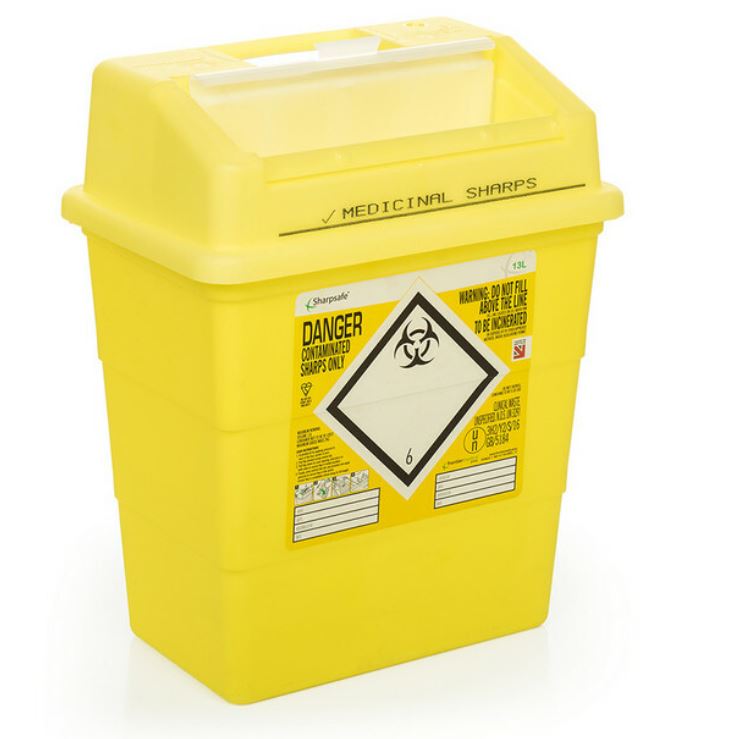
In conclusion, bins are far more than receptacles for refuse; they are agents of change that shape our world in diverse ways. From waste management and environmental conservation to public health and community pride, bins weave themselves intricately into the fabric of our lives. As we navigate the complexities of a rapidly evolving world, it is essential to recognize and appreciate the significance of bins in fostering cleanliness, sustainability, and the well-being of societies. By upholding the proper use and maintenance of bins, we actively participate in building a cleaner, greener, and more harmonious planet for current and future generations.










